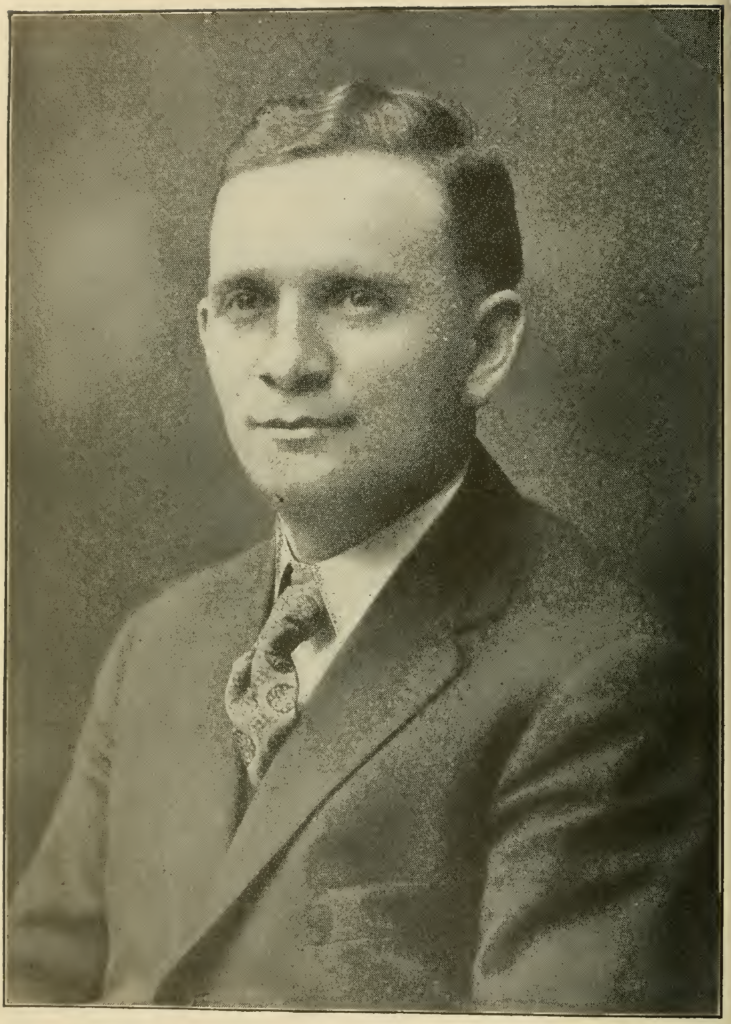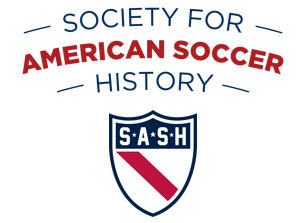
One of the suggestions sometimes made by American fans who want to see the MLS champion determined by regular-season results is that the current playoffs be replaced by a sort of league cup tournament. What they are suggesting would be a close replica of the situation that an event called the Lewis Cup occupied for years in the American Soccer League. In its day, which lasted from 1925 to 1963, the Lewis Cup was one of the biggest events in American soccer, even though it is now long forgotten by all but a few people.
The Lewis Cup was a league cup, but it didn’t always include the full ASL. In many seasons, it was limited to eight teams, chosen on the basis of the league’s final standings (and teams that qualified occasionally opted out for various reasons). It was started in the 1924-25 season as the American Soccer League Cup, a stop-gap measure for ASL teams that were boycotting the U.S. Open Cup that season because of a dispute between the ASL and the USFA. The next season, it was renamed the Lewis Cup after the donation of a trophy by Edgar Lewis, the Bethlehem Steel Corporation vice president who ran the Bethlehem Steel soccer team.
According to Walter Bahr, who played for teams that won the ASL championship six times and the Lewis Cup four times, ASL players in the 1940s and ’50s did consider the league title to be the more important of the two. Still, the Lewis Cup final was one of the ASL’s premier events of the year. Only a few teams won both titles in the same season: Fall River Marksmen in 1930, Kearny Scots in 1940, Brookhattan in 1945, Philadelphia Nationals in 1949 and ’51, and Philadelphia Uhrik Truckers in 1955. The only teams to win the Lewis Cup three times were the Philadelphia Nationals and Philadelphia Americans.
The Lewis Cup was usually played in the spring, after the completion of the ASL regular season. Differing formats were used, but most often the teams were divided into two round-robin groups, with the two group winners meeting in the final.
In the 1950s, with the Lewis Cup declining in popularity and a number of ASL teams having folded, the ASL tried to keep the tournament alive by allowing some teams from New York’s German-American Soccer League into it, but ASL clubs continued to dominate. In the last final, in 1963, Ukrainian Sitch of Newark, who had finished fifth in the ASL that season, upset the ASL champion Ukrainian Nationals of Philadelphia. That matchup between two teams of Ukrainian-Americans resulted in the irony of a trophy that was donated in 1926 by an executive of one of the world’s largest capitalist corporations ending up in a museum in the then Soviet Union, in Kiev, Ukraine.
